Many details, schematics and code could be found on the project homepage : http://hardware-libre.fr/category/hacks-hwl/reseau-domotique/
Software bits :
- GNU/Linux (Raspbian)
- Apache + PHP + MySQL + Twitter Bootstrap
- imagemagick + php5-imagick + php5-gd
- xplanet
- Python + python-uinput + python-smbus + i2c-tools + python-serial + python-psutil + evdev + python-simplejson
- wiringPi
- ssmtp + mailutils
- motion
- Arduino IDE + inotool
Nodes schematics started with the excellent TinyTX nodes made by Nathan Chantrell
Licences
Each software or library used is under one of these licences :
- Creative Commons Attribution-ShareAlike
- GNU General Public License 2 or 3
- Apache Licence 1.0
- BSD Licence
- PHP Licence
- MIT Licence
Final project may use MIT licence (to be confirmed).
 Arcadia Labs
Arcadia Labs

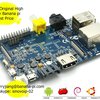
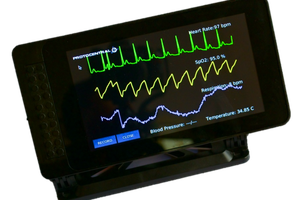
 Ashwin K Whitchurch
Ashwin K Whitchurch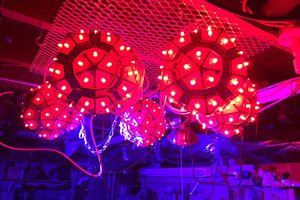
 Adam Phelps
Adam Phelps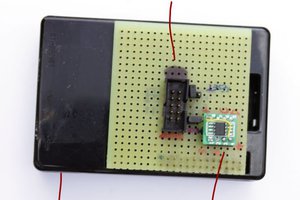
 Yann Guidon / YGDES
Yann Guidon / YGDES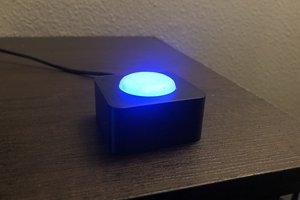
The U3 is WAY better.
http://www.hardkernel.com/
yep it is a bit more expensive , but you get 2GB ram & 4cpu at nearly 1.8GHz , linux/android actively developed.